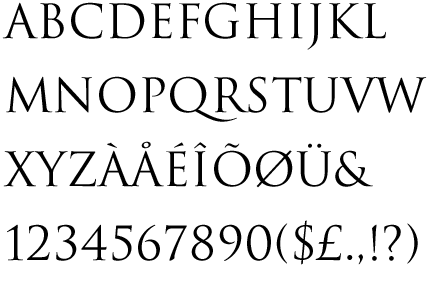Excuse the 'selfie'.... But here is a photo of Jan and I, taken when I was at a typographic workshop last summer in Slovenia:
I got to know Jan quite well, he's a type designer from Czech Republic. He has been designing typefaces for the last 5 years, and has been going to the workshop for the last 4 years. After seeing some of his work, I really wanted him to help me out. Another advantage is that Czech is a language with LOTS of diacritic characters, so is something he is much more familiar with than me.
Correspondance
TypeClinic Facebook Group
Before figuring out who I was working with, I posted the following post on the 'TypeClinic' Facebook page, to make all members aware of my project.
I spoke to Jan briefly about the project, and then send him the file (in the software - Glyphs format) to work on. I also sent the reference to work from, and told him to notify the changes made, so he can be credited.
- 19 November
- 19 November
Jan forgot to take many screenshots, but just as importantly, he noted his progress:
COP – Change log
- version increased to 1.001, added myself as a designer to info meta
- fixed sidebearings – H, B, D, I, E, C, L, T
- creating serif components
- “B” – adjusting bowls balance, slightly enlarged width
- “D” – changing serifs to components, matching its bowl to “O” , adjusting top and bottom bar to refered 70 points
- “I” – changing serifs to components
- “E” – changing serifs to components, changing middle bar serifs and terminal serifs to match the standard serif and keeping consistency
- “F” – changing serifs to components, changing middle bar serifs and terminal serifs to match the standard serif and keeping consistency, enlargement bottom right serif for adding more optical stability, enlarging top right terminal serif to add an optical balance
- “L” – Adjusting serifs to the “F” letter (turned 180° CW), shortening of the bottom arm for better performance – to minimize the white space
- Changing the vertical “stem” width at “O” to balance it with “H” vert. stem
- Added kerning pairs L-T, L-U
- Added overshoot alignment zones (AZ)
- “O” & “C” aligned to AZ
- Added kerning pairs T-J, F-J, F-A, A-T, T-A, D-A, P-A, C-A, A-C, A-T, O-A, A-O, B-A, U-A, A-U,
- Added kerning pair R-T
- Generated new accented glyphs & local glyphs & diacritic marks
- New letters and digraphs added – IJ, Thorn, A_E, O_E
- Accent Acute.case, Breve.case, Caron.case, Circumflex.case, Grave.case created
- “G” – adjusted to the “C” letter
- New letter added – “N”
- Added kerning pairs Thorn-A_E, P-A_E, F-A_E, U-J, period-T-period, comma-T-comma
- Adjusted width of “space”
- New letter added – “S"
Jan explained he didn't spent 'too long' on the file. but it seems he's added a huge amount, not just to the diacritics, but also the overall metrics (spacing for each character and kerning pairs).
Current Stages
Most of the common diacritics has been completed, as well as most of the Latin Characters. The diagonal characters (eg. W, X, Y, Z) need working on.















































